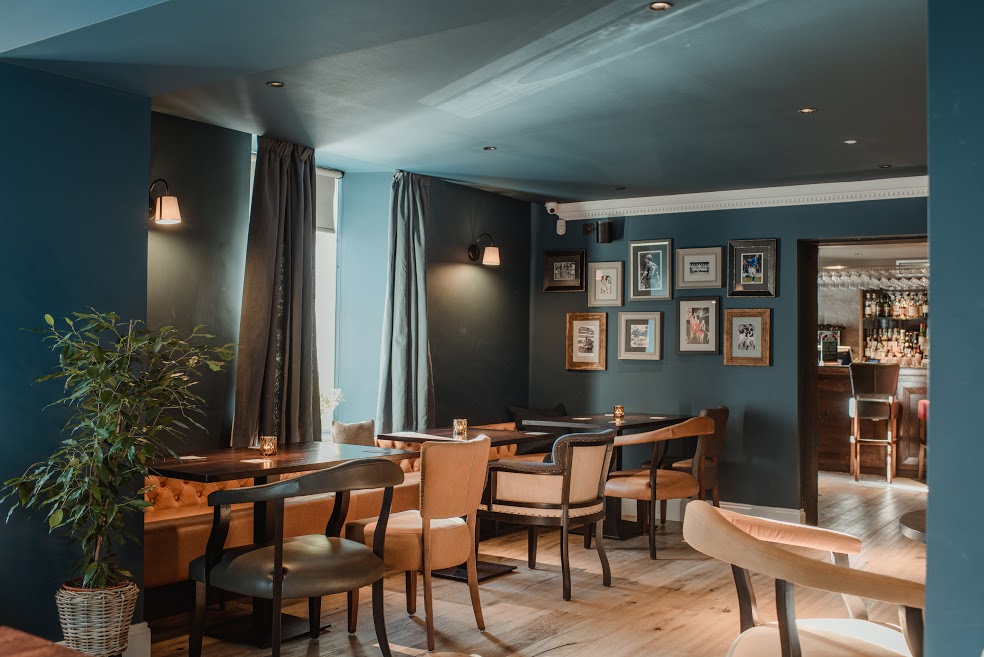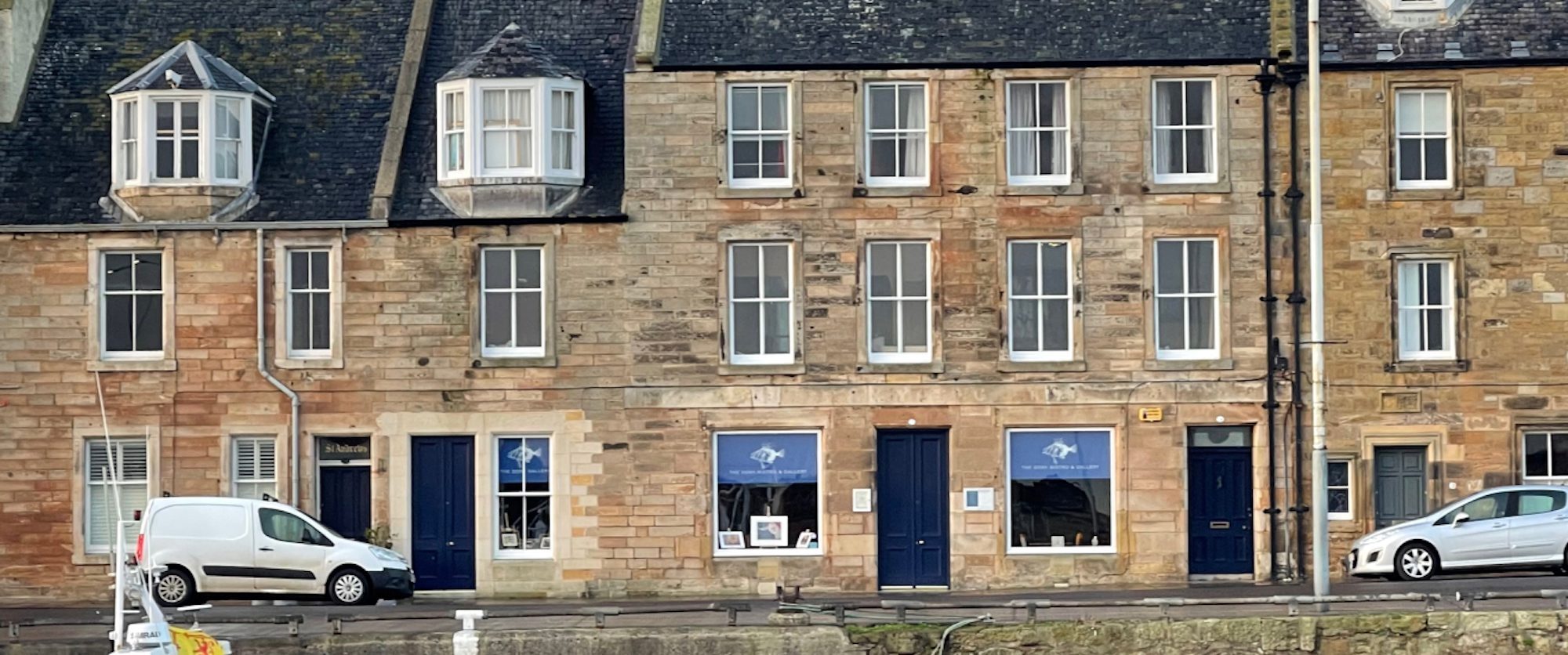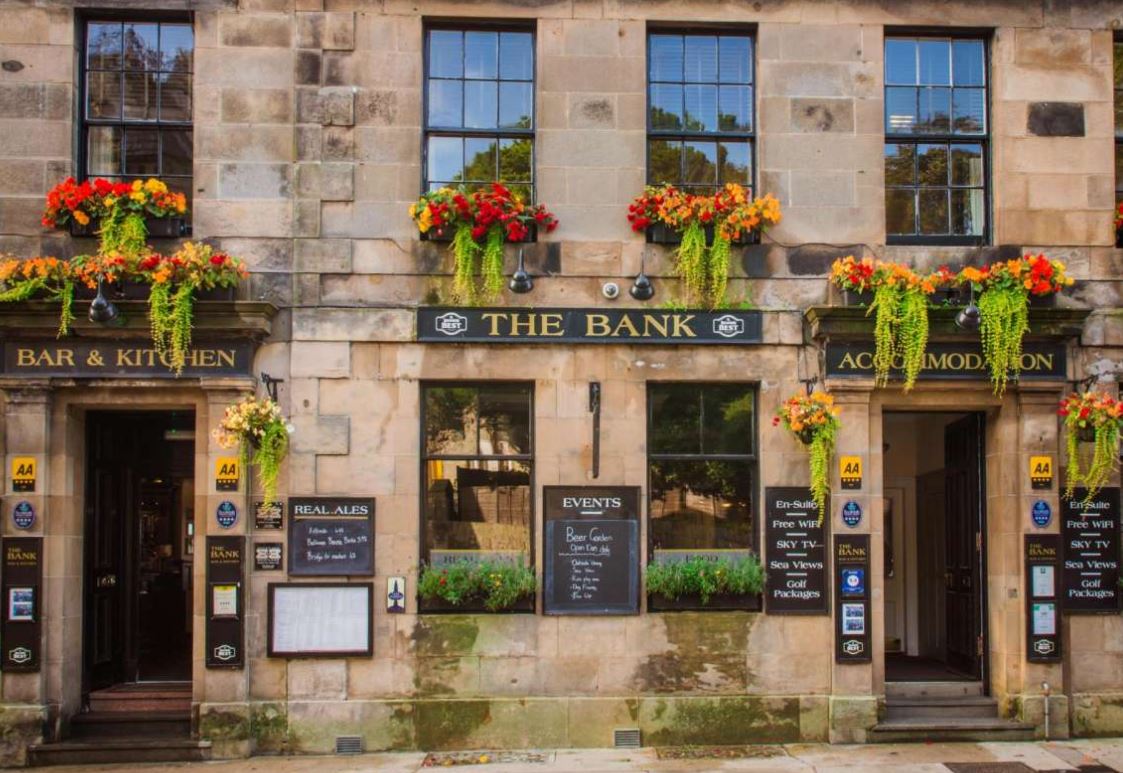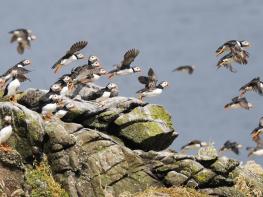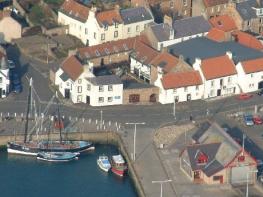Belhaven Bay Caravan and Camping Park is located on the outskirts of Dunbar, this is a sheltered…
Dunbar and the John Muir Country Park

7.25 miles (11.7kms)
About the walk
This walk takes you through the little town of Dunbar and along the coast to John Muir Country Park, a large area that encompasses many different habitats. Dunbar was a traditional Scottish seaside resort and still retains a bucket-and-spade appeal, making it popular with families.
Dunbar was a prosperous and strategically important seaport from at least the 13th century. Edward II took refuge here in 1314 after his defeat at Bannockburn, before fleeing to England. The English Earl of Salisbury besieged the castle in 1338, only to be sent packing by its doughty chatelaine, ‘Black Agnes’ Dunbar. During the 19th century, most the castle was demolished and its stone recycled to built Dunbar’s Victoria Harbour, which once sheltered a fleet of up to 700 fishing boats.
The town's famous son
John Muir was born in Dunbar in 1838 and lived here for 11 years, until his family emigrated to America, settling in Wisconsin. Muir had always loved wildlife, and after he nearly lost his sight in an industrial accident (up to then he had been an ingenious inventor), he resolved to dedicate his life to protecting nature.
Muir travelled widely and explored much of the American west, particularly around Yosemite. He became a farmer and was a pioneering conservationist, campaigning vigorously for a national park in America. His ideas were eventually approved and Yosemite National Park was created. Muir continued to promote the idea of onservation and wrote a number of books including Our National Parks (1901) and The Yosemite (1912).
John Muir had fond memories of the coastline here, and particularly of some very dramatic storms. He once wrote: 'I loved to wander… along the sea-shore to gaze at the shells and seaweeds… and best of all to watch the waves in awful storms thundering on the black headlands and craggy ruins of the old Dunbar Castle…' (The Story of My Boyhood and Youth, 1913).
Walk directions
Turn right out of Station Road, then left down the High Street. You'll soon pass a statue of a young John Muir, which stands outside the Town House Museum and Gallery, at the corner of Silver Street and High Street.
Further down the High Street, pass John Muir’s Birthplace on the left-hand side (it also houses the tourist information centre). At the end of the High Street, as you reach Lauderdale House – a grand former barracks where Muir’s father, an army recruiting sergeant, was based – turn right and walk down Victoria Street to the harbour. Detour over the harbour entrance via a swing bridge to see the historic Battery, a round fort whose cannon guarded the harbour from the late 18th century until the 1930s.
Retrace your steps and walk along the quayside with the harbour on your right, passing the RNLI lifeboat station on your left. The remnants of the old castle – now haunted by hundreds of kittiwakes which breed here in spring – are in front of you. At the end of the quay, turn left and walk uphill to the modern Leisure Pool. Keeping it on your left, turn right at the public toilets. Walk past the Sea Cadet centre, turn right between a pair of stone obelisks and bear left down four flights of steps, signposted ‘John Muir Way’. This coast-to-coast walking trail, opened in April 2014, stretches all the way from Muir’s home town to Helensburgh, on the Firth of Clyde.
Continue down a flight of steps on the left-hand side, which leads towards a golf course. Walk past the clubhouse on the left. Immediately below the clubhouse, a short section of the path has crumbled due to erosion and is barred while repairs are being made. If it’s still there when you read this, you can either squeeze round the end of the fence and cautiously carry on; bypass this part of the track at low tide by walking along the beach; or walk uphill to the clubhouse, then bear right to descend again by a grassy track and turn left to walk round the shore on the edge of the golf course. When you reach the holiday chalets there’s a lovely sandy beach on your right, and a metal bridge – known as the ‘Bridge to Nowhere’ – leads to the tidal sands of Belhaven Bay.
At the end turn left, then cross the wooden footbridge on the right. Once you're over the bridge, turn right and then left, following the track that hugs the wall. The sands of Belhaven Bay are now on your right. Your way now takes you into the woods or you can follow the shoreline along the dunes, as you prefer. In the summer you might spot skylarks or lapwings in the dunes. During the winter keep an eye out for birds such as wigeon, bar-tailed godwit and whooper swan.
Walk to the end of the wood, then retrace your steps to cross the small footbridge again. Turn left, walk back along the track by the pool and then turn left. After a few paces, turn right to walk along Back Road, a long straight residential street. At the end of the street turn right, walk past the leisure centre again and back along the High Street to your starting place.
Additional information
Town streets and wide, firm tracks, some soft sand
Golden sands and rugged rocks
On lead by golf course and in town, can run free on beach
OS Explorer 351 Dunbar & North Berwick
Car park in Station Road or at harbour
By leisure centre in Dunbar
WALKING IN SAFETY
Read our tips to look after yourself and the environment when following this walk.
Find out more
Also in the area
About the area
Discover East Lothian
Said to be the sunniest area of Scotland, East Lothian boasts a dramatic coastline. In summer, you’ll hear larks singing high above the four-mile sweep of dunes, sandy shoreline and saltmarsh that forms the John Muir Country Park, named after the Dunbar-born explorer, naturalist and father of conservation. Eider and shelduck nest in the dunes, and gannets skim the waves on their way to and from their fishing grounds and roosts on the nearby Bass Rock.
Dunbar’s prosperity was built on fishing and whaling, and its three historic harbours are still home to a busy fleet of small fishing boats. The oldest is overlooked by Dunbar Castle whose ruins now provide a home to a vast colony of 600 pairs of kittiwakes. Tucked beside a rocky headland, North Berwick’s harbour is a yachting and lobster fishing centre. For 500 years it provided a ferry on the pilgrimage route to St Andrews, which dramatically shortened the journey from the south. The handsome market town of Haddington is set in prime agricultural country on the River Tyne. It was granted the status of a royal burgh in the 12th century and later became the county town for East Lothian.
Nearby stays
Restaurants and Pubs
Nearby experiences
Recommended things to do
Why choose Rated Trips?
Your trusted guide to rated places across the UK
The best coverage
Discover more than 15,000 professionally rated places to stay, eat and visit from across the UK and Ireland.
Quality assured
Choose a place to stay safe in the knowledge that it has been expertly assessed by trained assessors.
Plan your next trip
Search by location or the type of place you're visiting to find your next ideal holiday experience.
Travel inspiration
Read our articles, city guides and recommended things to do for inspiration. We're here to help you explore the UK.


